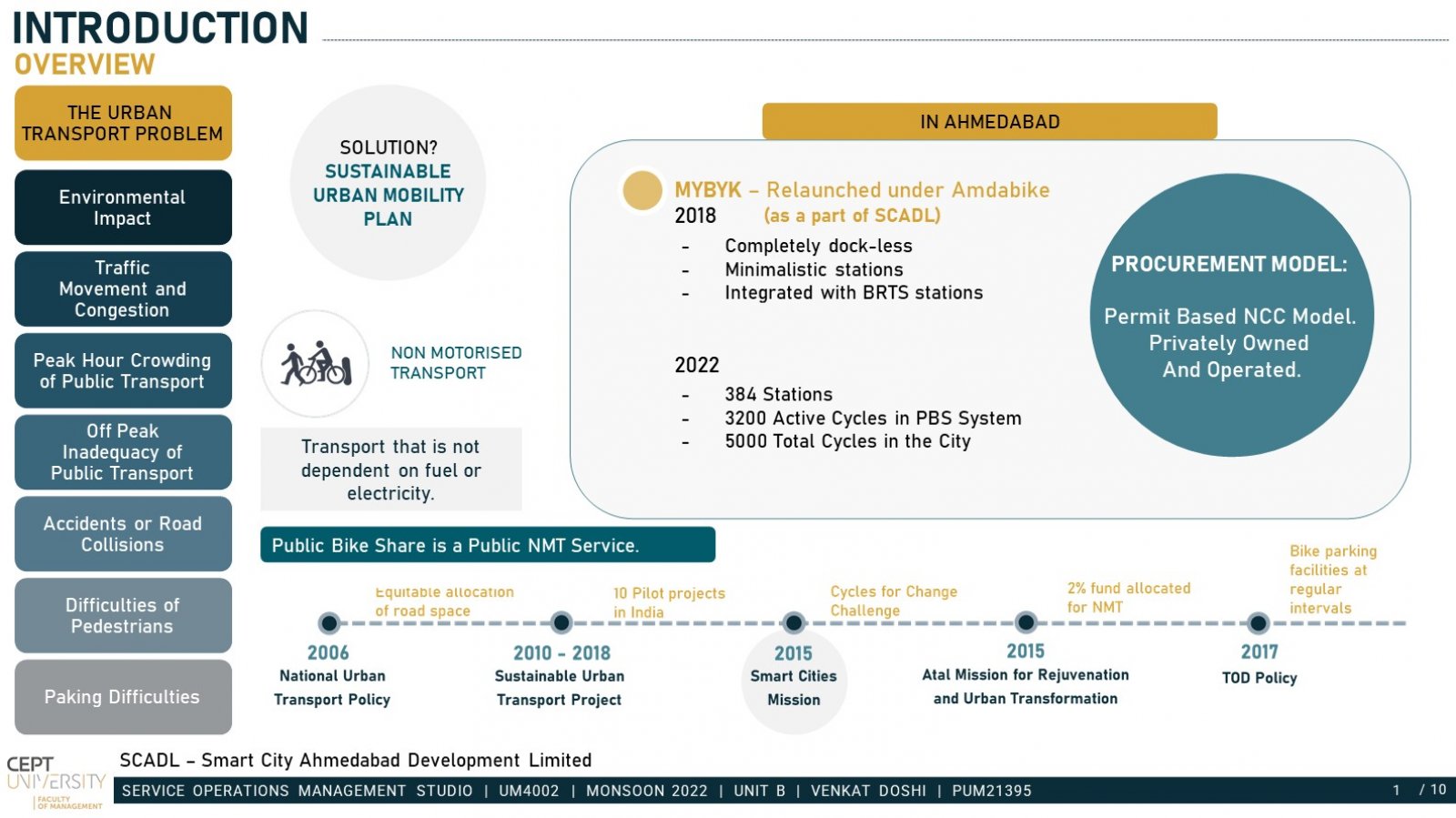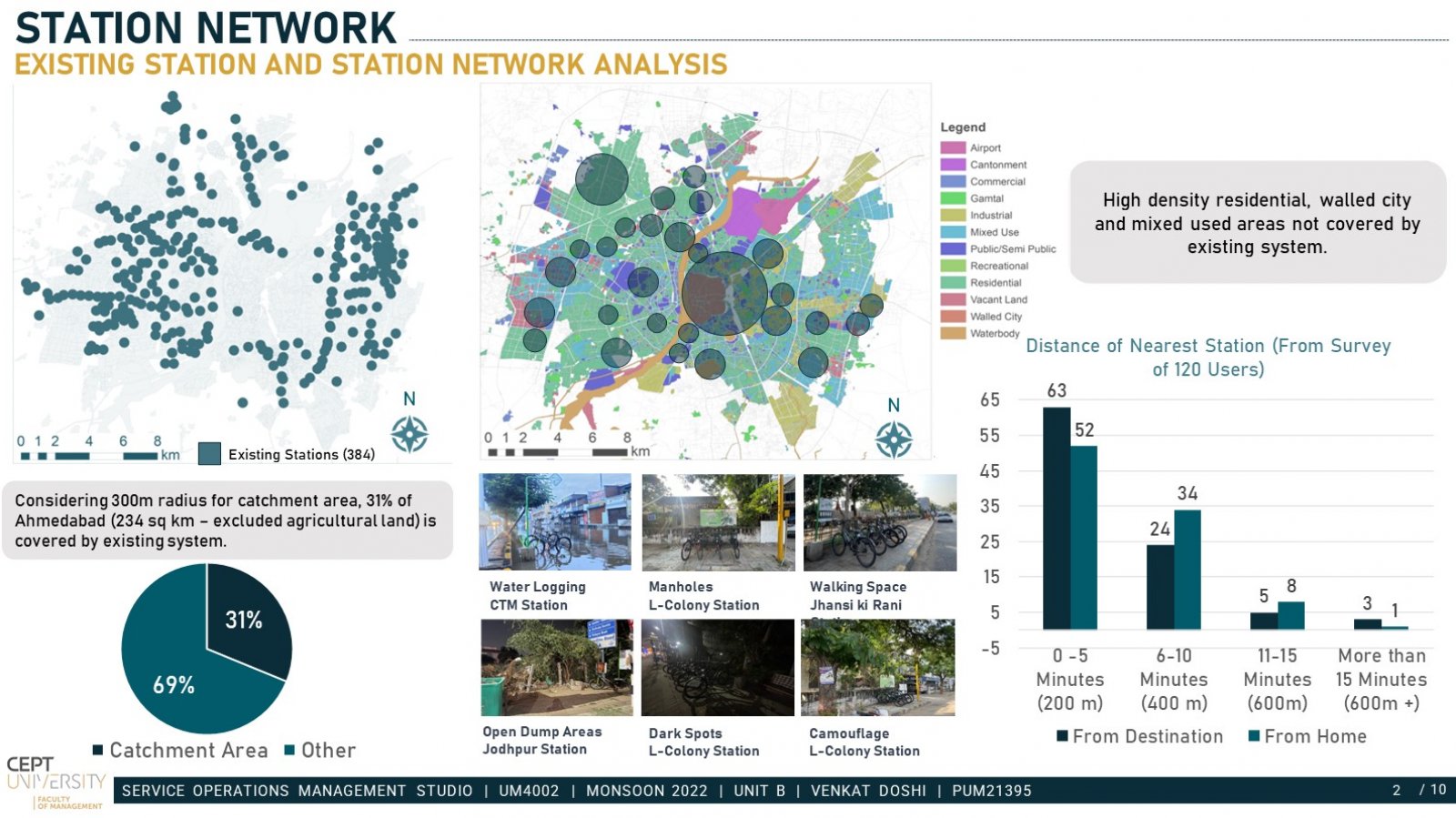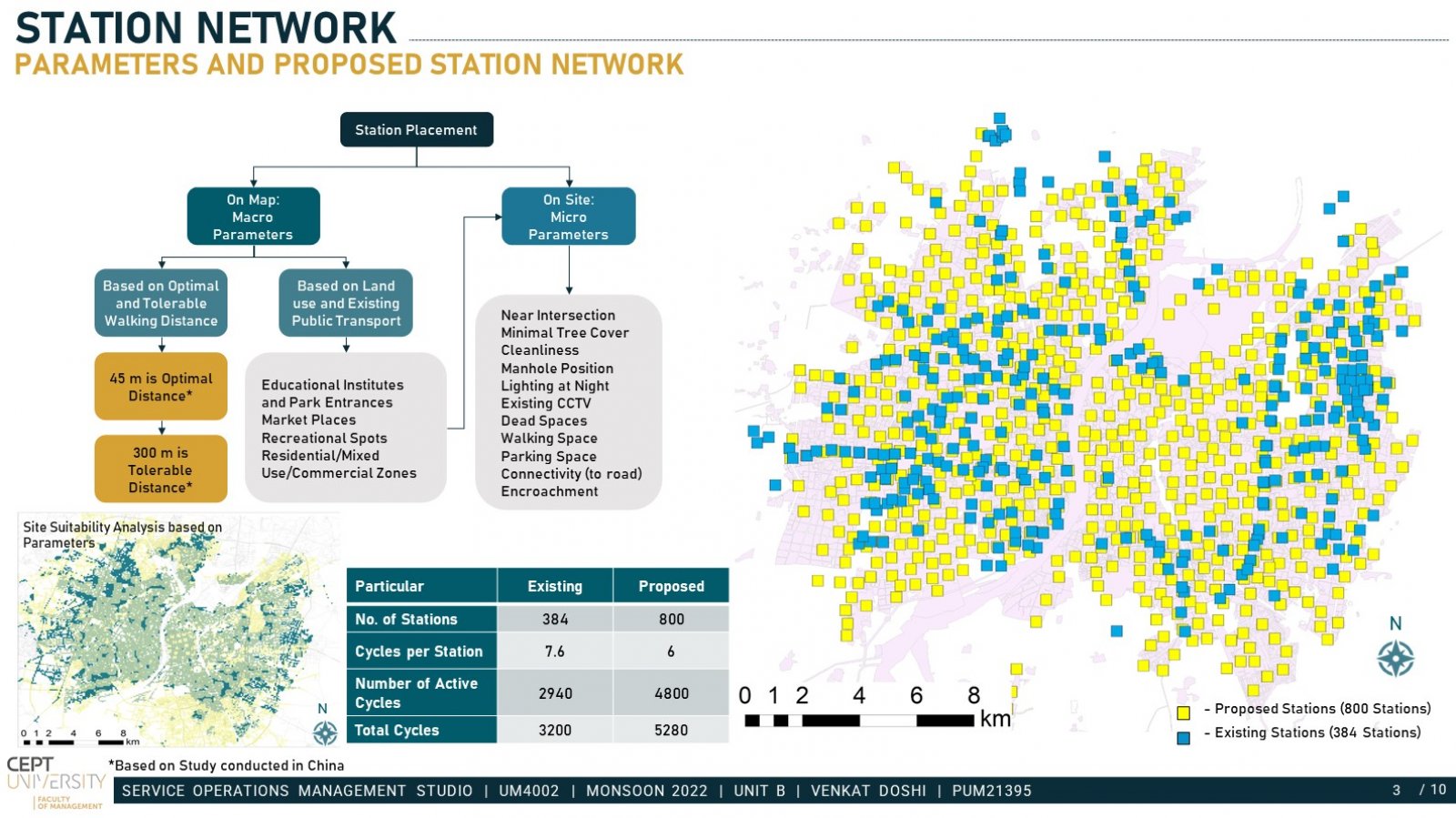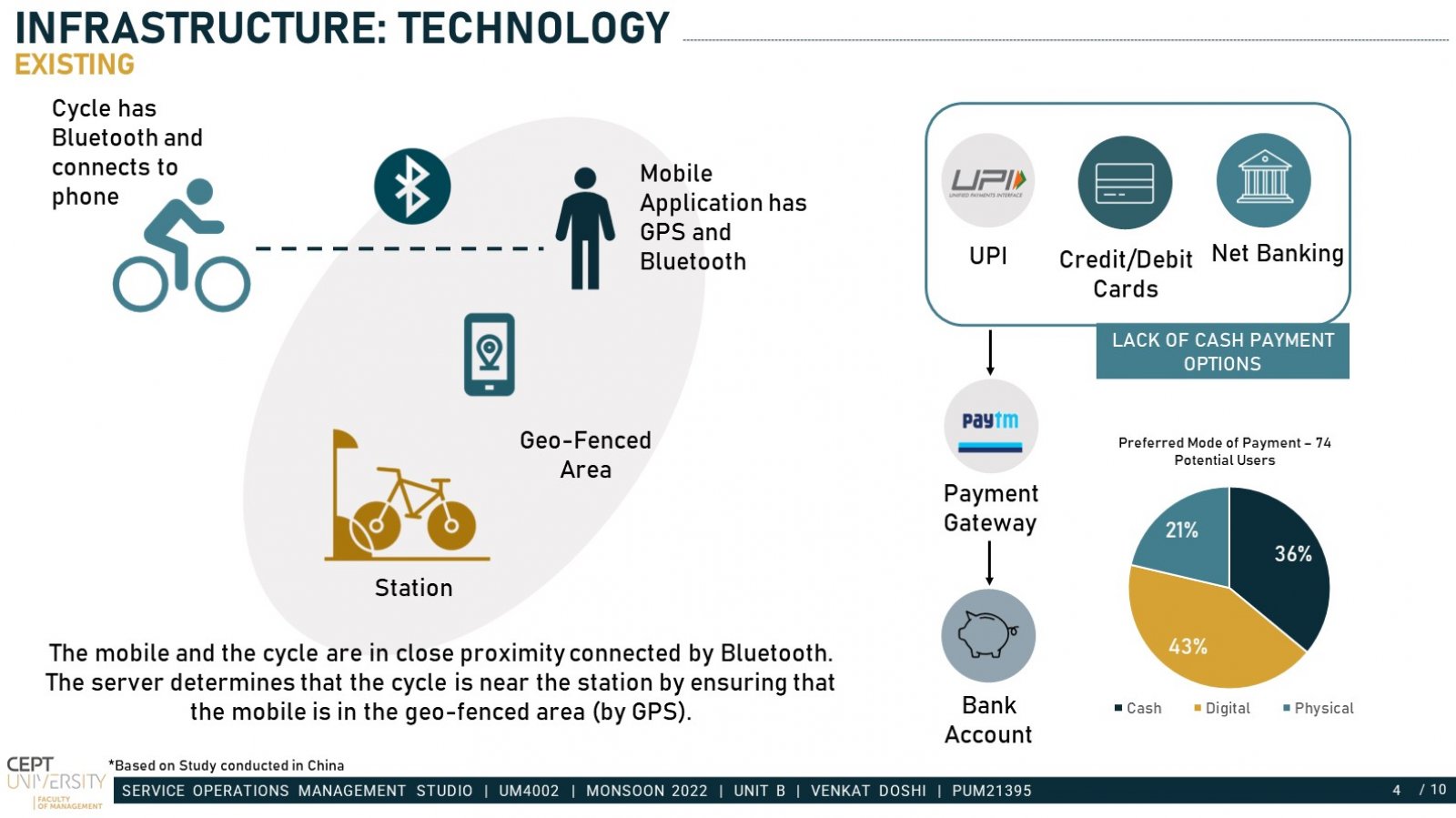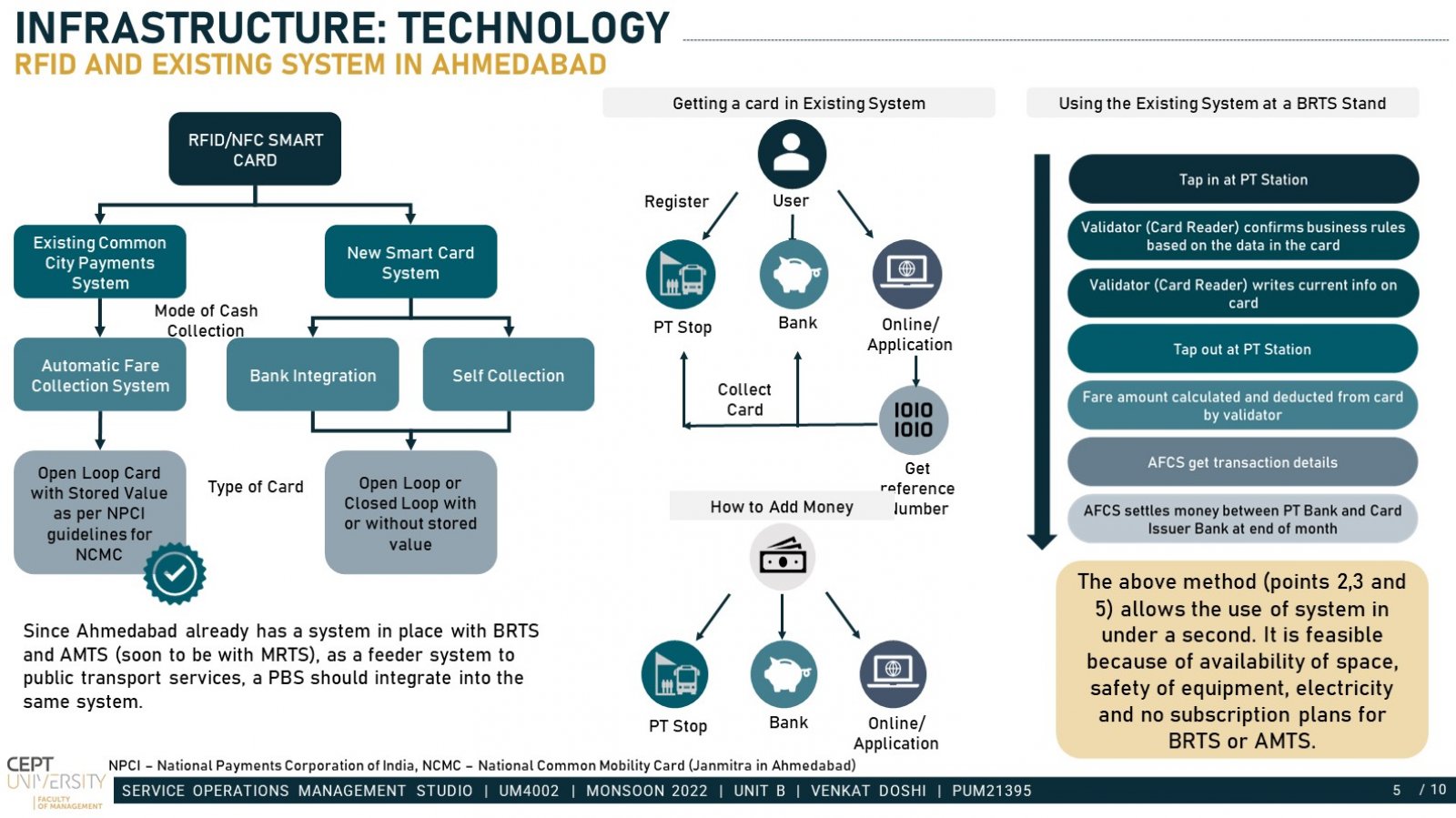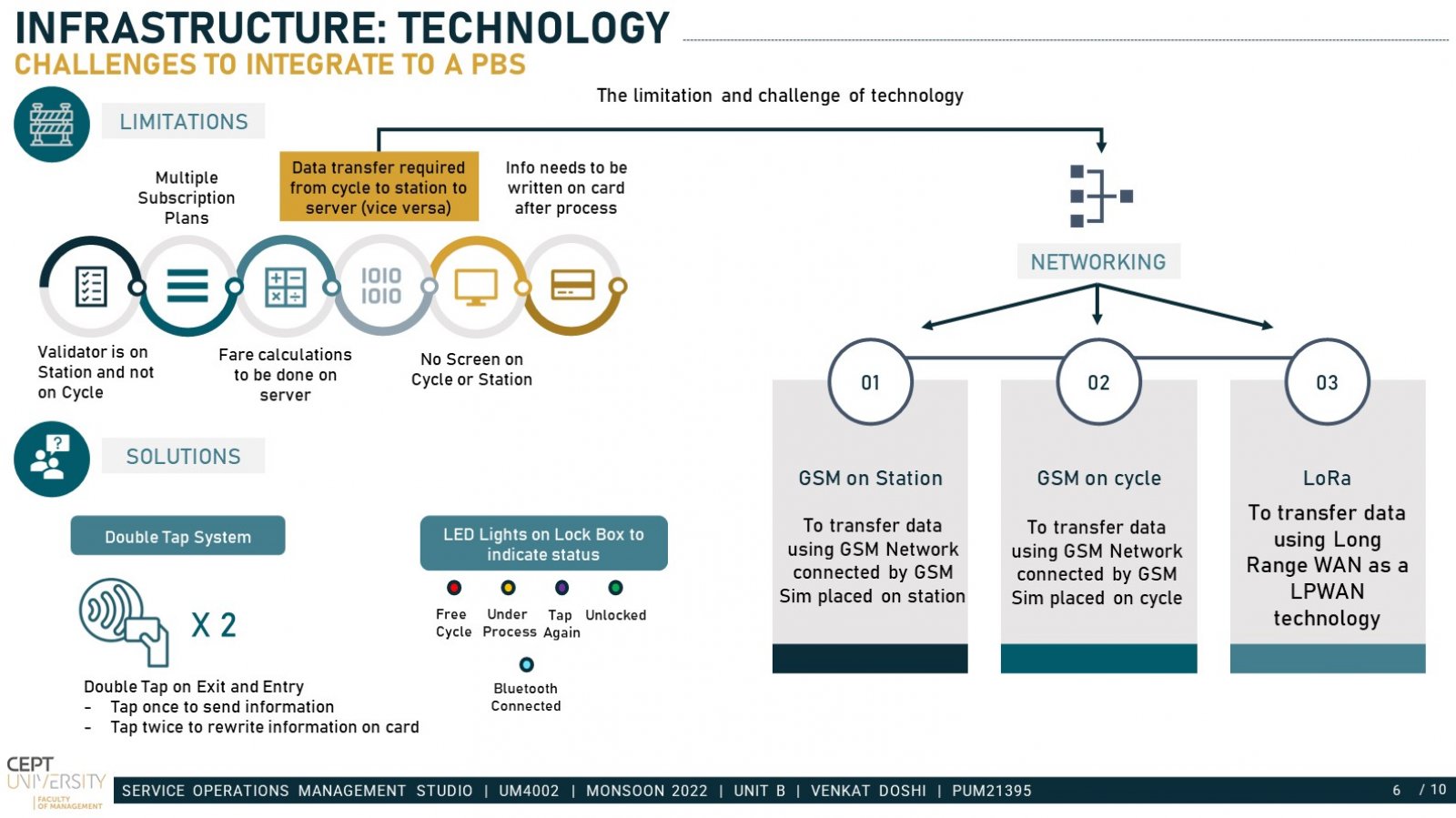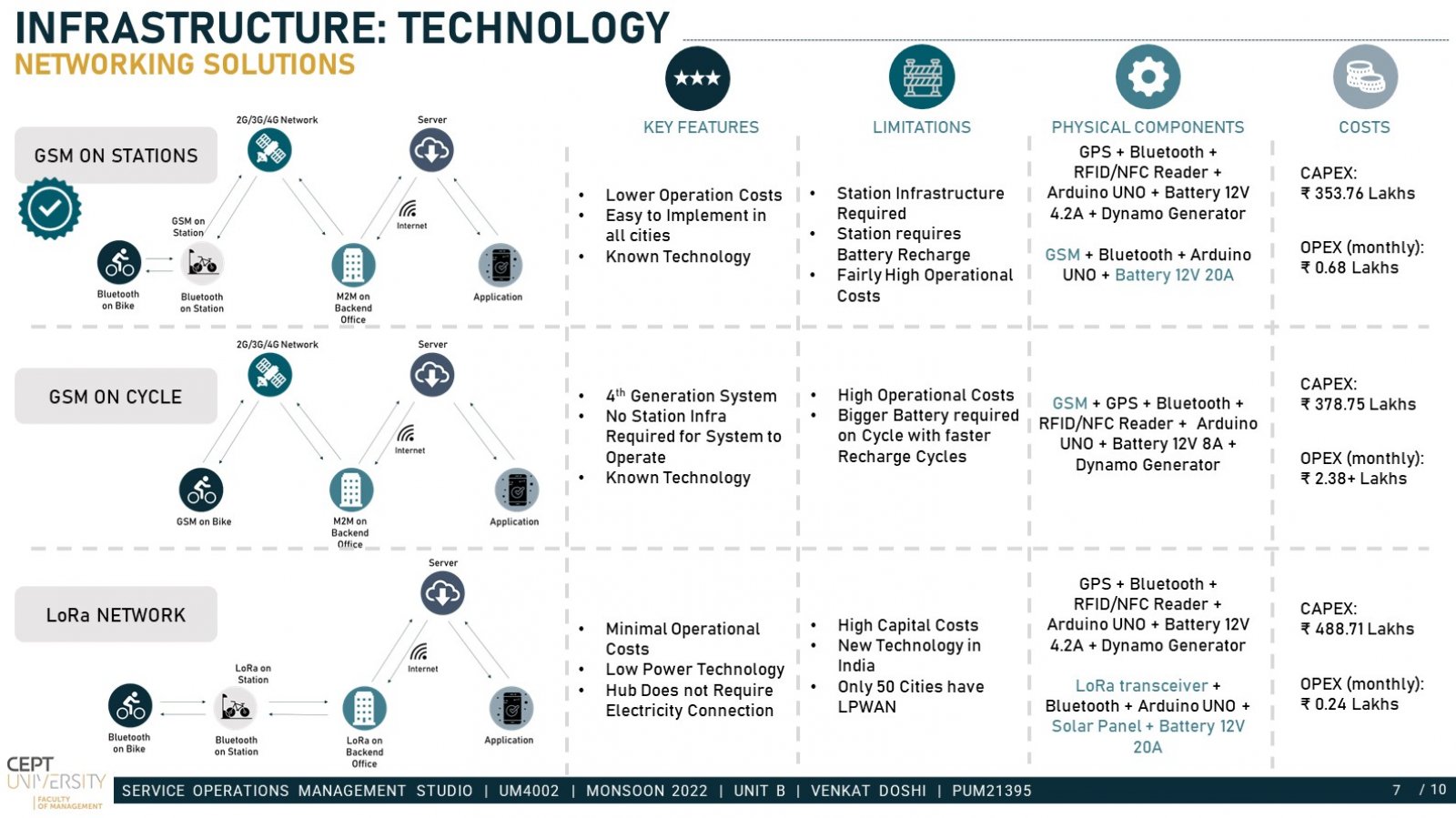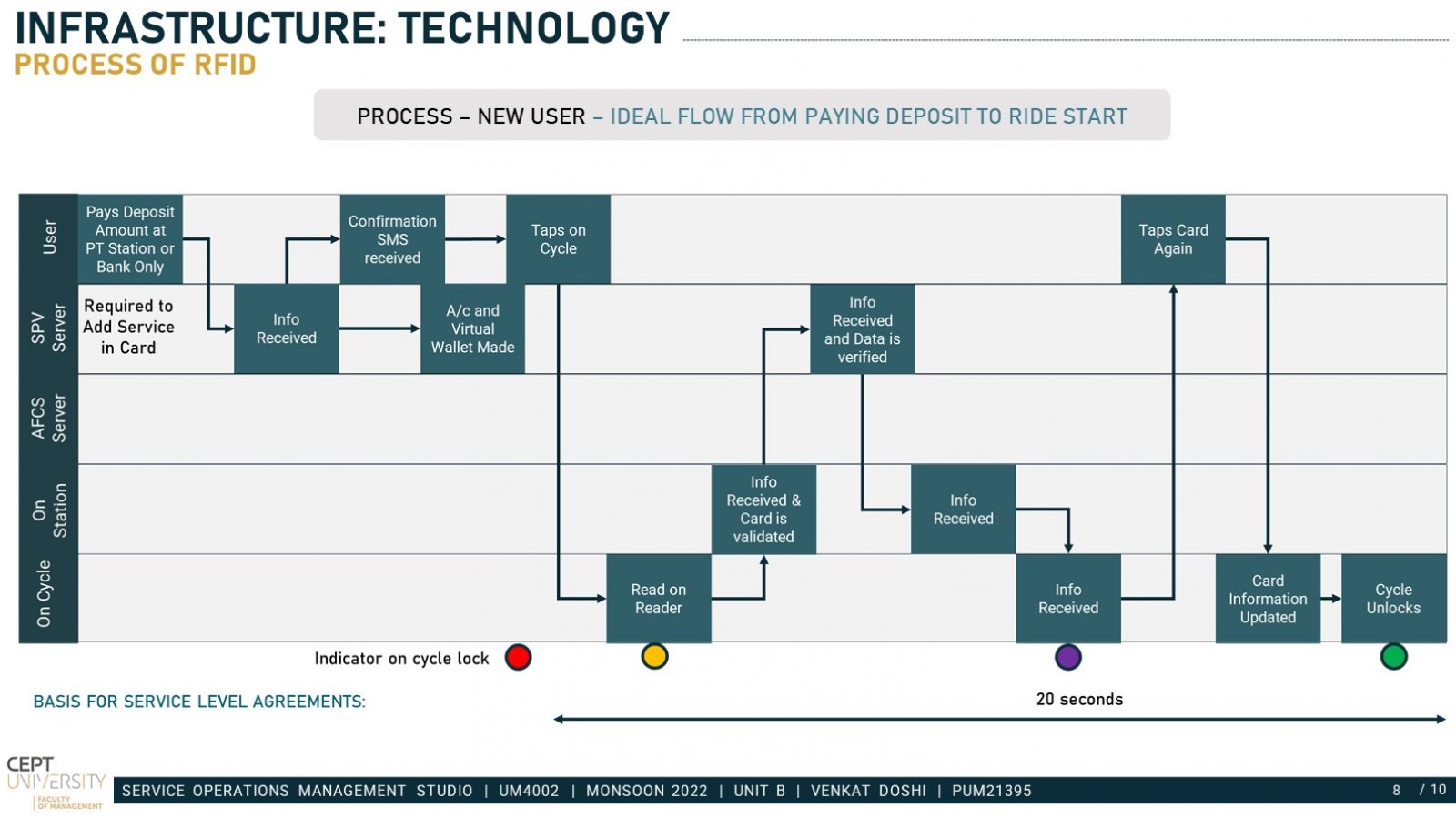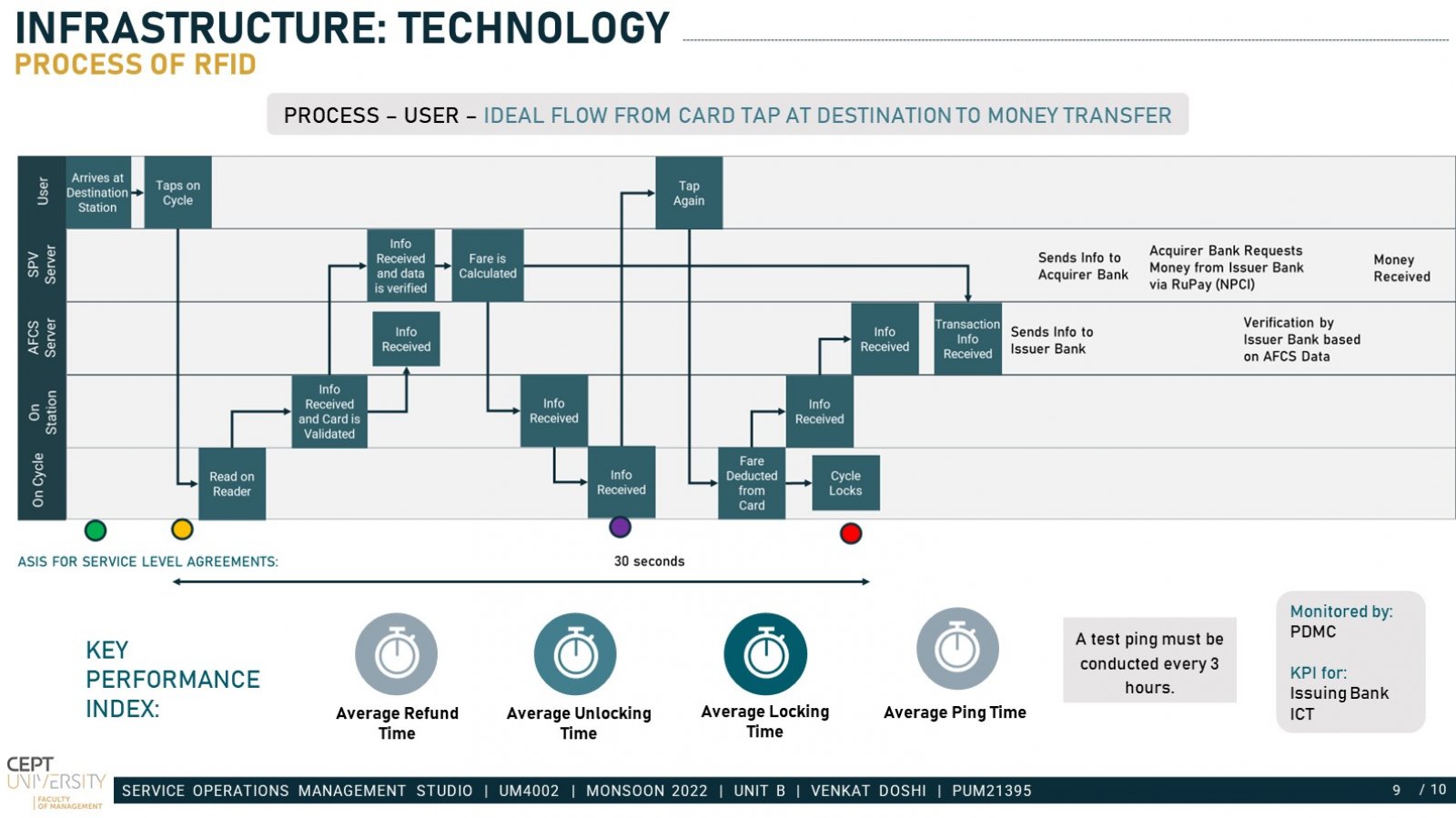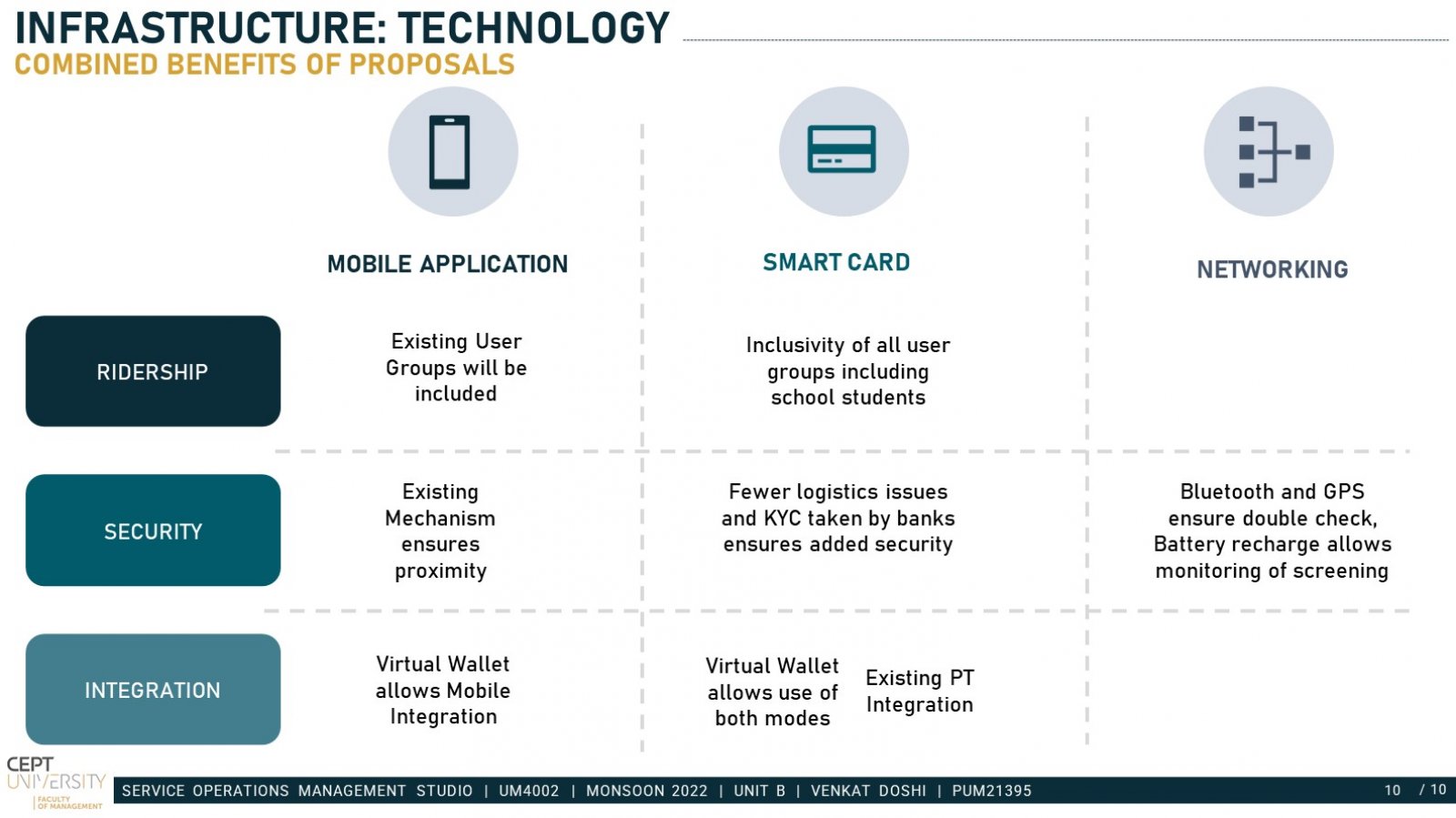Your browser is out-of-date!
For a richer surfing experience on our website, please update your browser. Update my browser now!
For a richer surfing experience on our website, please update your browser. Update my browser now!
A PBSS has its core in its cycles and stations, but it is successful based on its station network and it is limited based on technology. The station network (the placement and number of stations) is crucial in the planning of the system. Technology is often overlooked in such a service but it is the limiting factor to achieving the best imaginable system. The operational costs, the energy, and the maintenance as well as integration into existing infrastructure limit a PBS in any city of the world.
View Additional Work